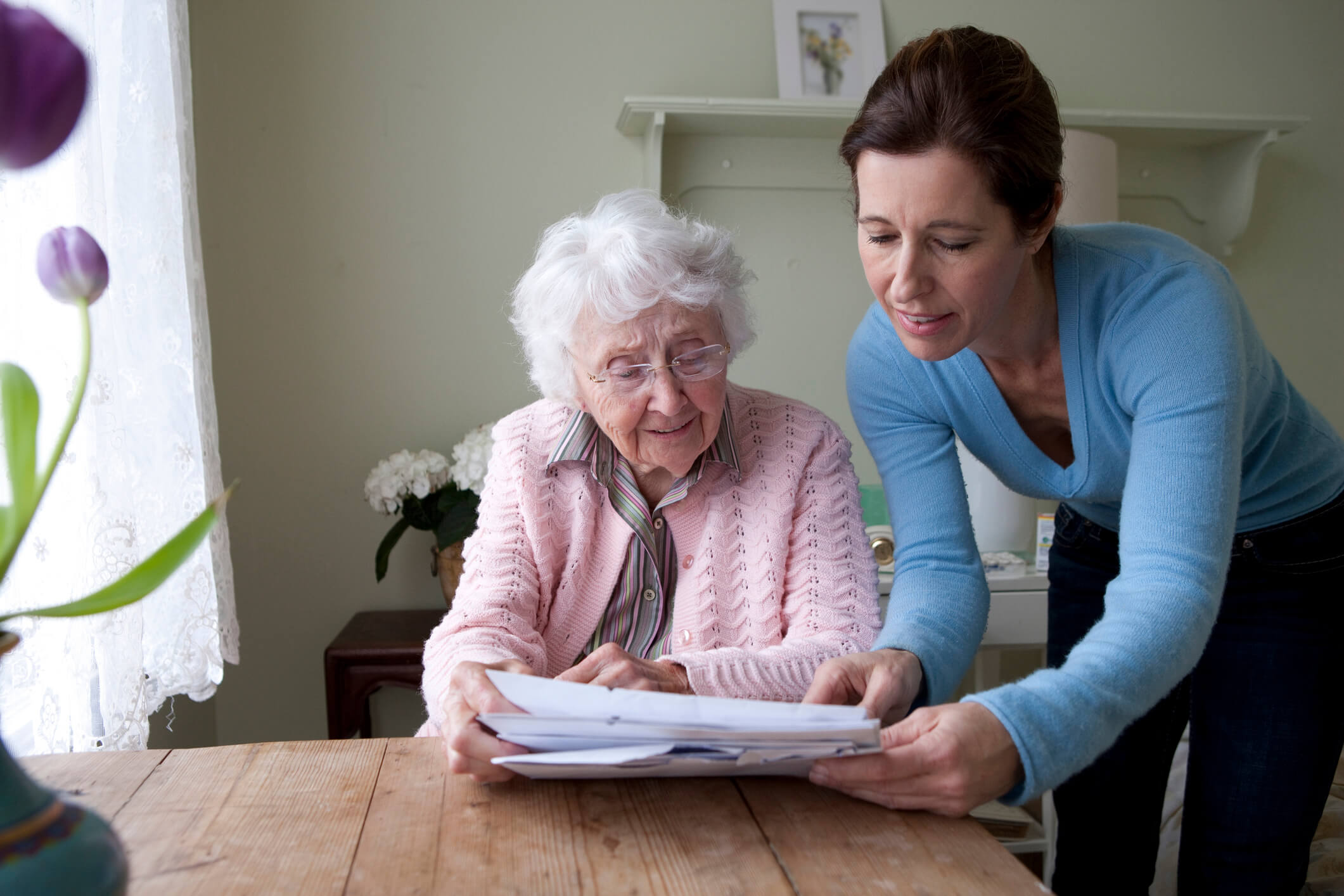Family caregivers have become an increasingly important part of the end-of-life (EOL) care of patients with advanced cancer. Just as these caregivers are indispensable to the patient who prefers to die at home, nurses are equally indispensable in supporting the caregivers. However, how successful is this arrangement? Researchers in the Netherlands undertook a study to get some answers.1
The researchers defined family caregivers as people who provide any physical, emotional, and instrumental support and assistance to persons with life-limiting illness that they view as family members.1 In the UK, family caregivers of patients with advanced cancer were found to provide care for an average of 69 hours per week. This stressful schedule usually went on for the last 3 months of the patient’s life.
There were several reasons for the stress in addition to providing care and having to do everything correctly. Family caregivers were always aware that no matter how well they handled caregiving tasks, their loved one was going to die. They also may not have been prepared for the responsibility or the emotional and physical distress that comes with the role.
The European Association for Palliative Care (EAPC) published a consensus White Paper that states family caregivers are in the unique position of providing support while also needing it themselves. This constituent is part of the 10 core interdisciplinary competencies in palliative care defined by the EAPC and acknowledged by these researchers in their report. 2
Nurses and other clinicians should support and educate family caregivers in their clinical responsibilities, but should also deliver whatever psychological and emotional support the family caregivers need during this fraught time.
To assess how well nurses respond to this need, the researchers sought to understand how nurses approach and support family caregivers in EOL care and what influences their support of family caregivers.1 For this study, the researchers interviewed 14 nurses from 10 home-care organizations involved in EOL care. The home-care organizations were located in both cities and rural areas. Some organizations provided palliative care as part of regular nursing home care, while others provided only palliative care to patients.
